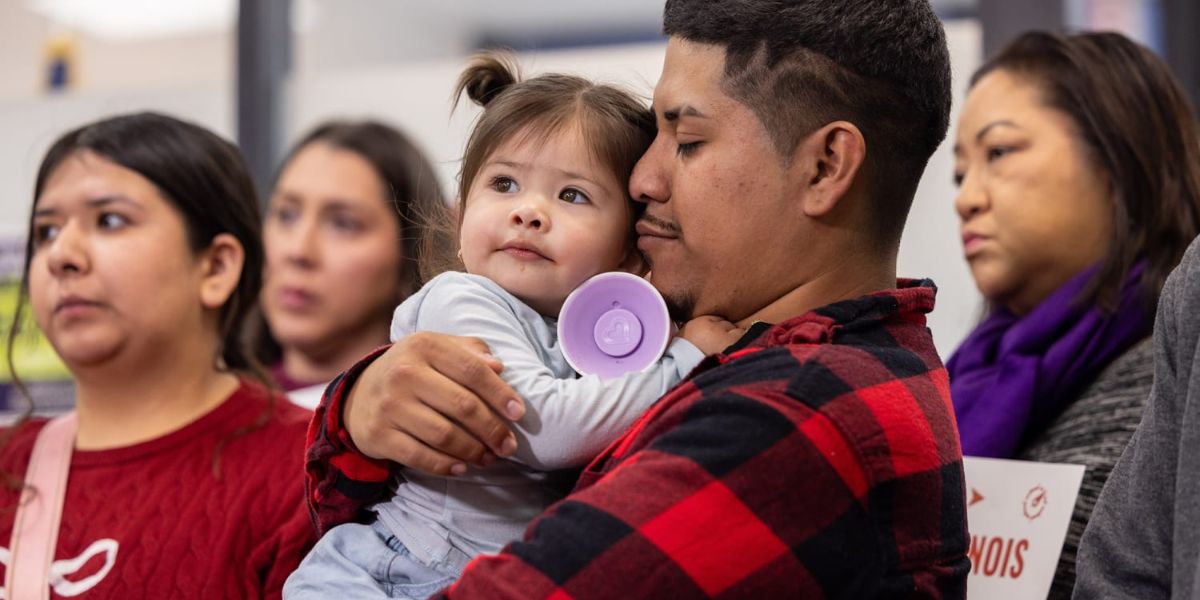Sacramento, CA — As the federal government shutdown continues to disrupt key assistance programs, thousands of college students dependent on SNAP benefits are being forced to rely more heavily on campus food pantries to meet their basic needs.
At California State University, Sacramento (Sac State), shelves lined with acorn squash, Spam, and baby food now symbolize a critical lifeline for students struggling to afford groceries.
Federal Aid Uncertainty Leaves Students Hungry
The federal Supplemental Nutrition Assistance Program (SNAP), commonly known as food stamps, provides grocery assistance to more than 42 million Americans, including 1.1 million college students nationwide. But with federal funding caught in limbo, many students are seeing their benefits delayed or cut off entirely.
“It’s a big blessing,” said Antonette Duff, a junior at Sac State studying psychology who relies on SNAP to afford food.
Sac State officials estimate that more than 3,600 of the school’s 31,000 students depend on SNAP. Across California, over 200,000 college students are enrolled in the program, according to the state’s Department of Social Services.
A federal judge recently ordered the government to fully fund SNAP during the shutdown, but as AP News reports, the U.S. Supreme Court temporarily blocked that order, creating confusion and anxiety among recipients.
‘A Horrible Position’ for Students
The uncertainty has left students across the country worried about how they will afford their next meal.
“It just puts students in a really horrible position,” said Mike Hannigan, a student at Greenfield Community College in Massachusetts.
Hannigan, who receives just under $300 per month in SNAP benefits, said the payments didn’t arrive at the beginning of November due to federal delays. Without them, he fears he’ll have to choose between attending class or picking up extra work to buy food.
“Some students may have to decide whether they’re going to attend class or pick up an extra shift just to feed themselves or their families,” he said.
Food Pantries and Farmers Markets Step In
In the absence of steady federal aid, campus food pantries have become a vital safety net. Sac State’s Basic Needs Resource Center allows students to select up to a dozen grocery or hygiene items per visit, ranging from fresh produce and meat to toiletries and clothing.
Other colleges are also stepping up. Nueta Hidatsa Sahnish College, a small tribal institution in North Dakota, hosts “Soup Tuesdays” and provides pantry kits and grocery gift cards for students.
“To essentially use the most vulnerable as political pawns is just untenable,” said Twyla Baker, the college’s president. “It’s unsustainable, and it’s detrimental to the country as a whole.”
These programs help fill the gaps, but the demand is overwhelming. At the University of New Mexico, where about 4.5% of students receive SNAP, between 100 and 150 students visit the campus food pantry daily.
“It’s not necessarily for a lack of people donating — it’s just that the food goes in and out so quickly,” said Lisa Lindquist, director of the university’s LoboRESPECT Advocacy Center.
Rising Food Insecurity on Campus
Experts warn that food insecurity among students has risen sharply in the past decade, forcing many to choose between paying for tuition, housing, and food.
“Students will first make sure that they pay for tuition and books so they can stay enrolled,” said AJ Scheitler, director of the Data Equity Center at UCLA’s Center for Health Policy Research. “After that comes transportation and housing — food often becomes the category that you can go without.”
The financial pressure has worsened as food prices increase. July Star Medina, a senior at Sac State, said her monthly SNAP benefits dropped from $290 to $120, leaving her struggling to cover groceries.
“After one week of groceries that’ll last me maybe two weeks,” Medina said. “Now I need to see where I can pull money aside just to get basic things.”
The Human Cost of Policy Delays
Researchers warn that ongoing instability in federal aid could have lasting impacts on education and mental health.
“The number of students who may have to drop out of school because they need to eat — their grades are going to fall, and their mental health is going to suffer,” Scheitler said. “This is going to have a significant impact if they can’t fix this quickly.”
With no clear end to the shutdown in sight, universities across the U.S. are ramping up emergency food programs to keep students fed and enrolled.
What are your thoughts on this growing issue of food insecurity on college campuses? Share your views in the comments below.






